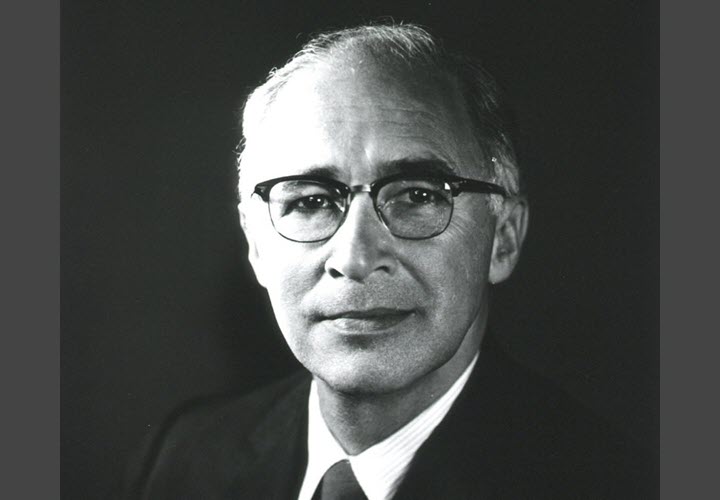George Wald: Illuminating the Science of Vision

George Wald (18 November 1906 – 12 April 1997) was an American biochemist and biologist. He was awarded the Nobel Prize in Physiology or Medicine in 1967.
Life and Career
He was born on 18 November 1906, in New York, U.S. He received his undergraduate degree from New York University in 1927, where he majored in zoology and chemistry. He then went on to earn his Ph.D. in zoology from Columbia University in 1932. During his time at Columbia, he studied under the prominent biologist and geneticist Thomas Hunt Morgan, who was known for his research on fruit flies. Wald’s Ph.D. research focused on the genetics of the fruit fly, and he made several important discoveries in the field.
After completing his Ph.D., Wald spent several years conducting postdoctoral research at various institutions, including the Kaiser Wilhelm Institute in Berlin and the University of Chicago. In 1934, he joined the faculty of Harvard University, where he spent the rest of his academic career.
His work focused on understanding the mechanism by which light is absorbed by the retina, which he demonstrated is mediated by light-sensitive pigments known as photoreceptors. Wald discovered that there are two types of photoreceptors in the retina: rods and cones. Rods are more sensitive to light and are responsible for vision in low-light conditions, while cones are responsible for color vision in bright light. He also discovered that there are three different types of cones, each of which is sensitive to a different range of wavelengths of light, allowing us to see a wide range of colors.
His research on vision had important implications for the development of treatments for various eye diseases and disorders, such as color blindness and retinitis pigmentosa. He also made important contributions to the fields of genetics and biochemistry and was a vocal advocate for nuclear disarmament and environmental conservation. He died on 12 April 1997 in Cambridge, Massachusetts, U.S.
Award and Legacy
He was awarded the Nobel Prize in Physiology or Medicine in 1967 with Haldan Keffer Hartline and Ragnar Granit for his work on the molecular basis of vision. His legacy in the field of vision research is significant. He was one of the first scientists to study the molecular mechanisms of vision, and his work helped to uncover the chemical processes that underlie visual perception.
His research helped to establish the field of visual biochemistry and set the stage for further research into the molecular mechanisms of vision. His legacy continues to inspire researchers today, and the George Wald Award serves as a testament to the ongoing importance of vision research in understanding the human body and brain.
Observer Voice is the one stop site for National, International news, Sports, Editor’s Choice, Art/culture contents, Quotes and much more. We also cover historical contents. Historical contents includes World History, Indian History, and what happened today. The website also covers Entertainment across the India and World.

